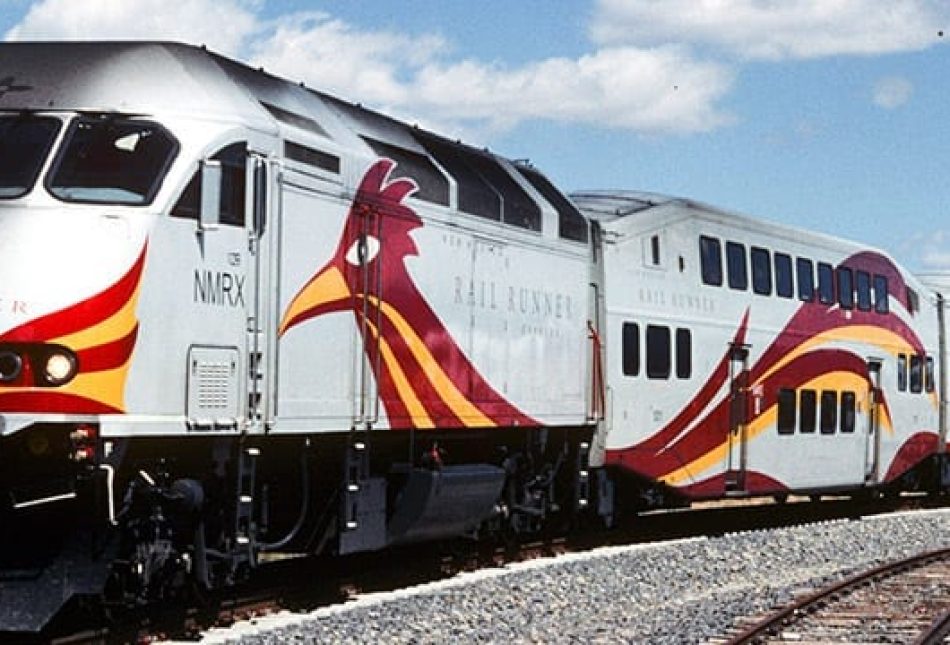The Issue is Higher Taxes, Not The Rail Runner

If you haven’t traveled between Santa Fe and Albuquerque recently along I-25, you may not be aware that the Rail Runner – Governor Richardson’s commuter rail train from Santa Fe through Albuquerque to Belen – is progressing rapidly. Tracks are being laid in hopes of having the full system in service by January.
Despite the fact that the Rail Runner is clearly on its way to completion, voters in Bernalillo, Sandoval, Valencia, Santa Fe, Los Alamos, Rio Arriba and Taos counties are being asked to approve a one-eight cent increase in the gross receipts tax. If a majority of voters approve the hikes, taxpayers throughout the region will be on the hook for an additional $27 million annually. If passed, this tax hike would push Santa Fe’s gross receipts tax rate to over 8 percent.
Let’s make one thing clear: this vote is not about the Rail Runner. The question that voters in these areas must ask themselves is whether they like paying higher taxes or not. If this tax hike fails, the Rail Runner will still be completed. The trains will run whether voters approve higher taxes or not. Why would voters approve a tax increase simply to give the bureaucrats more money?
If you simply want to pay higher taxes, then by all means vote “yes” on the Rio Central tax hike in November. If you think taxes are high enough already, then vote “no.”
Although the vote is really about higher taxes, not the Rail Runner or new services, it is true that the Rail Runner’s operating costs, which are expected to rise to $20 million, are not expected to eat up all of the money raised by this tax hike. The rest is supposed to be used for expanded mass transit. But, little is known about how this money will actually be used and what specific transit needs must be met. The real issue in this election is the Rail Runner since it is the first time voters will have a chance to vote on the issue.
So, should voters support higher taxes as a symbol of support for the Rail Runner? We already know that the train is costing taxpayers $400 million to construct and $20 million to operate. Clearly, from a profit and loss perspective, the Rail Runner is not justifiable.
Of course, we are constantly told that transit projects like the Rail Runner are not supposed to make a profit. Proponents of mass transit offer no specifics or guidelines on limiting the amount of taxpayer resources that should be expected to divert to transit.
Fortunately, because people still have a choice about how to get from point A to point B, we do have real-world data on the relative effectiveness of transit as compared to other modes of transportation. The fact is that according to the U.S. Department of Transportation, transit’s nationwide market share of all travel fell from 1.5% in 1980 to 1.0% in 2005. Even with recent gas price induced increases in transit usage, the overall market share filled by projects like the Rail Runner is pathetically small.
Lest transit advocates argue that transit’s paltry market share is caused by under-funding, under federal law 20 percent of the federal highway trust fund must be spent on public transit – an amount that is far out of proportion to its market share. Clearly, transit is not suffering from inadequate funding.
Despite the fact that transit receives far more money than its market share would otherwise dictate, New Mexico failed to obtain federal funding for the Rail Runner. That’s because the Rail Runner runs through relatively sparsely populated areas with congestion problems that are trivial compared to areas like New York or Washington, DC. The federal government has allocated to projects in those areas instead.
Even with recent, high gas prices having induced “historic” increases in transit usage the overall market share filled by projects like the Rail Runner is pathetically small. This is not likely to change unless regional population densities increase dramatically.
The public should have been given a chance to vote on this project before it was well on its way to completion, but that is not the case and the Rail Runner is not going away.
Unless you simply like having the state take more of your money, I encourage you to oppose this unnecessary tax hike.
Gary Miller is a Policy Analyst with New Mexico’s Rio Grande Foundation. The Rio Grande Foundation is an independent, non-partisan, tax-exempt research and educational organization dedicated to promoting prosperity for New Mexico based on principles of limited government, economic freedom and individual responsibility.

